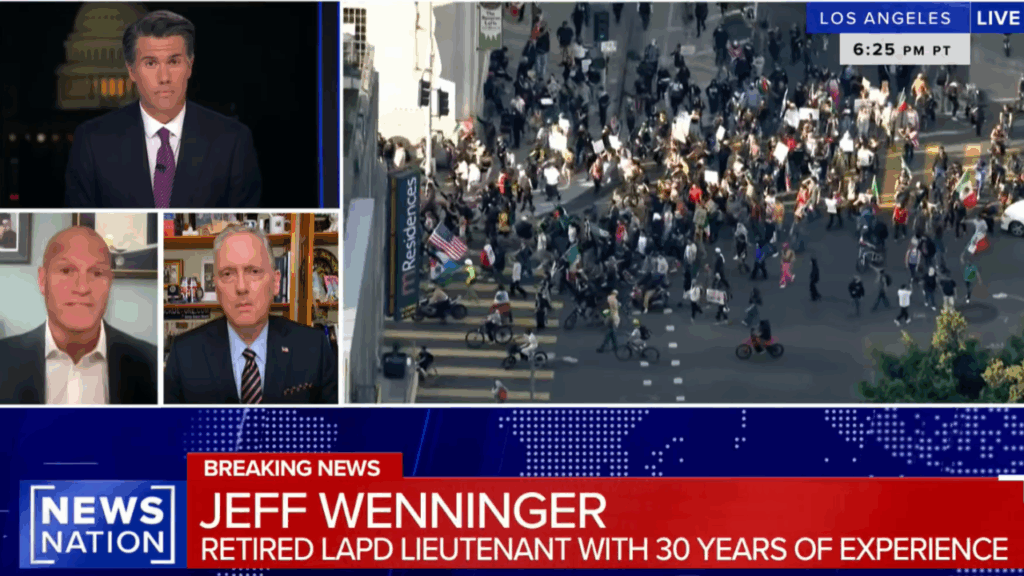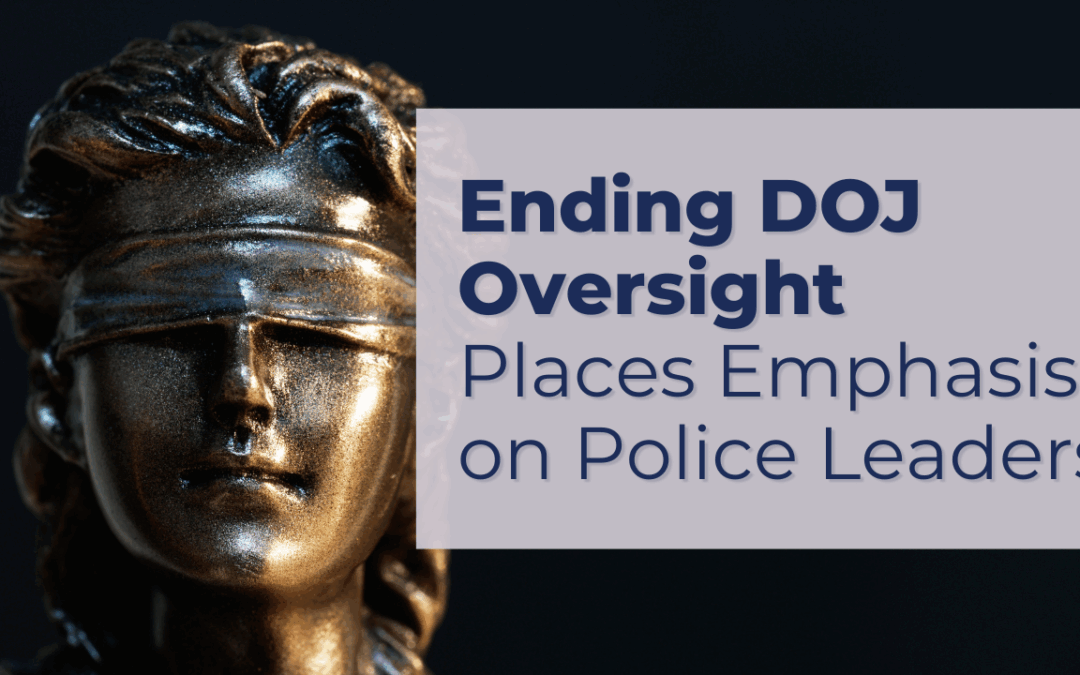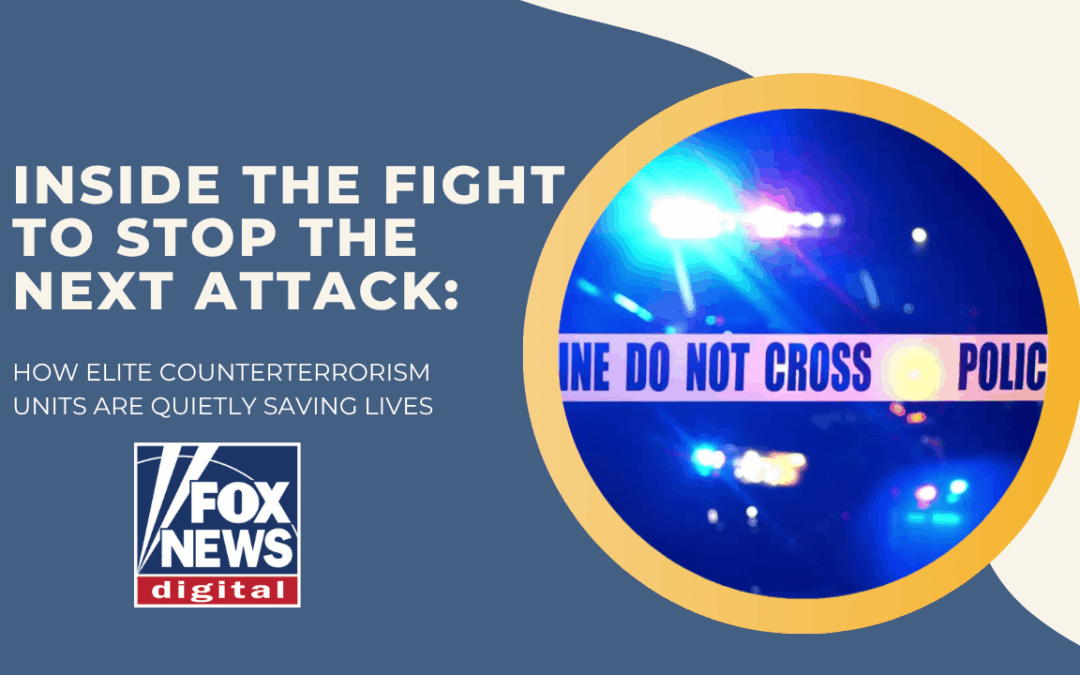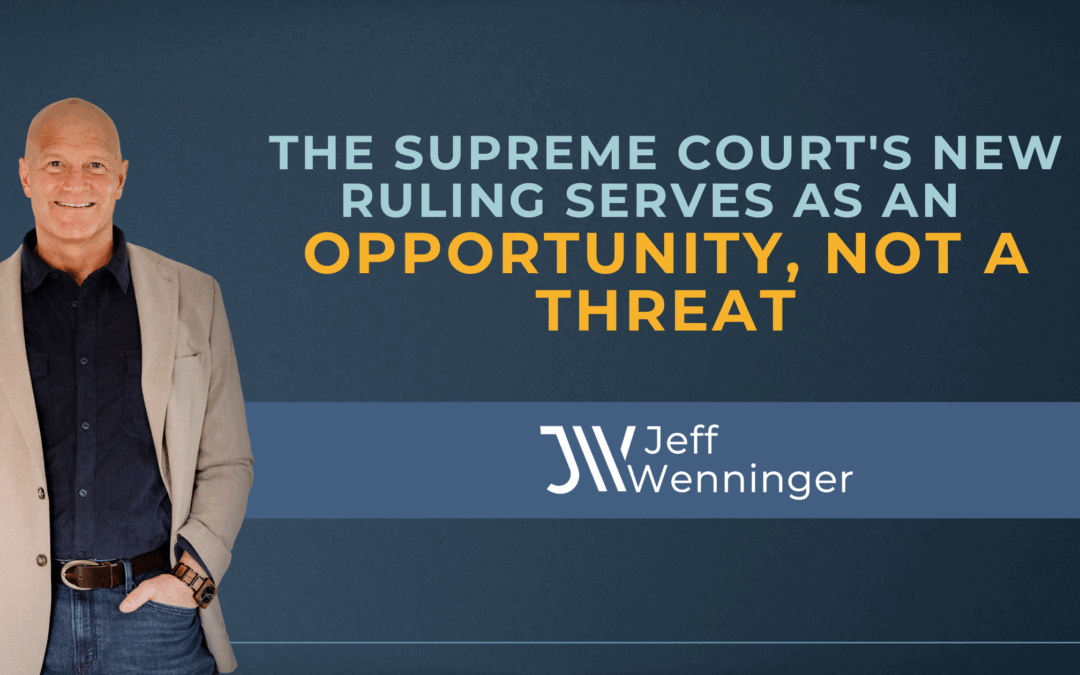
Los Angeles is once again at the center of a national firestorm, highlighting the tense—and increasingly fragile—balance between federal authority, local law enforcement, and community trust. Following heated protests sparked by controversial Immigration and Customs Enforcement (ICE) raids, President Donald Trump ordered the deployment of 2,000 National Guard troops, only to double down the next day with an additional 2,000 National Guardsmen and 700 Marines.
As of writing this article on Tuesday afternoon, the city finds itself on the verge of combustion, where every action carries significant implications for public safety and long-term trust.
Navigating this turbulent landscape requires a clear-eyed understanding of community dynamics, strategic leadership, and the complexities of modern policing. Having served with the LAPD for over three decades—including during the Rodney King riots—I deeply understand the extraordinary pressures leaders face in balancing effective law enforcement with genuine respect and sensitivity toward the communities they serve.
Let’s clearly unpack the current crisis, explore the critical historical context, and discuss practical strategies that will keep our officers and community members feeling safe, heard, and respected.
Understanding the Current Situation in LA
Protests erupted across Los Angeles after federal ICE agents conducted raids, resulting in dozens of arrests and sparking widespread demonstrations and unrest. The rioting has included freeway shutdowns, looting, burning autonomous vehicles, hurling projectiles at passing cars, and direct confrontations between protesters and law enforcement.
The Trump administration swiftly justified deploying National Guard troops, citing threats to federal property and personnel. California Governor Gavin Newsom vigorously opposed the federal response, calling it provocative and escalatory. Mayor Karen Bass voiced similar concerns, stating clearly:
“Deploying federalized troops on the heels of these raids is a chaotic escalation. The fear people are feeling in our city right now is very real—it’s felt in our communities and within our families, and it puts our neighborhoods at risk.”
Federal Deployment of Troops: Historical Context and Legal Framework

The President’s deployment of the National Guard without California’s consent is notably rare, but not unheard of. Typically, governors request National Guard assistance, as California Governor Pete Wilson did during the 1992 Los Angeles riots. However, President Trump’s recent decision marks the first federalization of National Guard troops against a governor’s wishes in 60 years. In fact, the last instance of such federal action without state consent dates back to 1965, when President Lyndon Johnson mobilized troops to protect civil rights demonstrators in Alabama.
This extraordinary federal move raises critical questions about presidential authority. Under the Insurrection Act of 1807, the president can invoke military forces domestically in cases of rebellion, insurrection, or significant civil unrest, particularly if local law enforcement resources become overwhelmed. Notably, the Insurrection Act was last invoked in 1992 by President George H.W. Bush during the Los Angeles riots.
While Trump has yet to formally invoke this Act, he has not ruled out the possibility.
The Realities of Policing in a Political Climate

Effective law enforcement depends fundamentally on trust and cooperation between communities and police. In Los Angeles, this reality was recognized decades ago through Special Order 40, established by former LAPD Chief Daryl Gates in 1979.
Special Order 40 prohibits officers from initiating police action solely to determine a person’s immigration status. Its foundational principle is clear: people should never fear reporting crimes to law enforcement due to their immigration status. Building and maintaining healthy relationships between the police and communities enhances overall public safety, benefiting everyone. Ignoring or dismissing this reality undermines the effectiveness of law enforcement operations and compromises community safety.
Los Angeles is far from unique in having a significant percentage of undocumented residents. Law enforcement agencies nationwide must operate based on the actual communities they serve, implementing best practices tailored specifically to their local realities. California’s Senate Bill 54 (SB 54), also known as the California Values Act, is a contemporary embodiment of this approach. Enacted by Governor Jerry Brown in October 2017 and effective since January 2018, SB 54 represents a powerful commitment to safeguarding immigrant communities by clearly delineating the roles of state and local police versus federal immigration enforcement.
Under SB 54, local law enforcement in California is explicitly restricted from:
- Asking individuals about their immigration status during interactions.
- Arresting people solely for immigration violations or outstanding deportation orders.
- Utilizing ICE or Border Patrol agents as interpreters during public interactions.
- Sharing personal, non-public information such as home addresses with federal immigration authorities.
These measures ensure local police remain focused on community safety, fostering trust that empowers individuals to report crimes and seek assistance without fear of immigration-related repercussions. Chief McDonnell, by adhering strictly to state law, exemplifies leadership that respects both the letter and the spirit of SB 54, prioritizing the well-being and safety of every community member.
Further influencing how police respond to these incidents is Assembly Bill 48, implemented in 2022 following the George Floyd protests. Under this law, police use of less-lethal ammunition and chemical agents is strictly limited to defending against threats of serious injury or to safely control objectively dangerous situations.
Regardless of how we personally feel about these policy and legal constraints on police officers in the state of California, this is the landscape in which law enforcement leaders have to adhere to and will be judged by the judicial process and the court of public opinion.
Lessons from the Past LAPD Incidents
Having served during high-profile incidents such as the 1992 Rodney King riots, the 2000 Democratic National Convention, and countless immigration protests, I see distinct parallels and crucial differences between then and now. These events often stem from deep-rooted community frustrations and involve complex interactions and deterioration between law enforcement and the communities they serve.
In 1992, civil unrest resulted from racial tensions following the acquittal of LAPD officers charged in the Rodney King beating. Federal involvement was reactive; today’s events are proactive federal responses to immigration enforcement conflicts, placing local law enforcement squarely in the middle of a politically charged debate.
This is a different beast. These anti-ICE demonstrations and riotous criminal conduct are nowhere near the magnitude of the 1992 riots, which was the last time the Insurrection Act was invoked, requested by Governor Pete Wilson, and ordered by President George H.W. Bush.
Additionally, today’s LAPD operates under improved accountability frameworks established as a result of crowd management and control failures of the past. The organization is highly trained, has the relevant resources, and is professional enough to address this type of situation. To the extent that resources are strained, you have the option to use mutual aid from surrounding departments to address law enforcement responsibilities within the confines of LA.
However, federal intervention—particularly when perceived as aggressive—can significantly disrupt established and effective local policing strategies, often inflaming tensions rather than calming them.
Los Angeles Police Chief Jim McDonnell highlighted these concerns, characterizing the deployment of hundreds of U.S. Marines amid ongoing immigration protests as a “significant logistical and operational challenge” (KTLA).
Strategies for Community Trust-Building
The LAPD faces a significant challenge: effectively navigating federal mandates, ensuring public safety, upholding accountability, and meeting community expectations—all at once. Yet, the recent Supreme Court ruling, which redefines the evaluation of tactical decisions, provides an opportunity for law enforcement leaders to elevate their standards and practices proactively. To meet this moment, LAPD must prioritize realistic, scenario-based training, establish clear tactical guidelines, and consistently communicate these protocols openly with the community.
Continuous and transparent engagement with community leaders is essential in easing tensions and preventing escalation. Genuine trust-building requires ongoing, proactive communication, not merely reacting once tensions have already festered.
It’s equally crucial to reaffirm that the LAPD has long maintained a clear distinction from federal immigration enforcement. Special Order 40, established in 1979 by then-Chief Daryl Gates, explicitly prohibits officers from initiating actions based solely on immigration status. This policy underscores the belief that municipal policing serves all community members without fear or prejudice.
Mischaracterizing LAPD as aligned with ICE operations is both fundamentally inaccurate and deeply damaging. Conflating local police with immigration enforcement deters individuals from reporting crimes, erodes trust within communities, and undermines overall law enforcement effectiveness.
Another critical issue is the recent practice by federal immigration agents of wearing masks during enforcement operations. This practice raises profound concerns about transparency and accountability. Professional policing requires clear identification to maintain public trust and adhere to ethical standards. Masked enforcement personnel can evoke troubling imagery associated with authoritarian regimes, fueling perceptions of anonymity, lack of accountability, and potential abuses of authority. Ultimately, such optics severely weaken the legitimacy and public trust necessary for effective policing.
Looking Ahead
Los Angeles stands once again at a critical juncture. Law enforcement must adapt to heightened public expectations, evolving legal standards, and complex federal-local dynamics. Navigating this intricate landscape demands courageous leadership committed to accountability, transparency, and meaningful community partnerships.
This challenging moment presents a pivotal opportunity to redefine policing, not as reactionary, but through proactive measures fostering safer communities and lasting trust. Leaders must seize this chance, drawing from historical lessons, clear-eyed analysis, and informed strategies to set new standards of accountability and leadership.
Our communities deserve nothing less.



